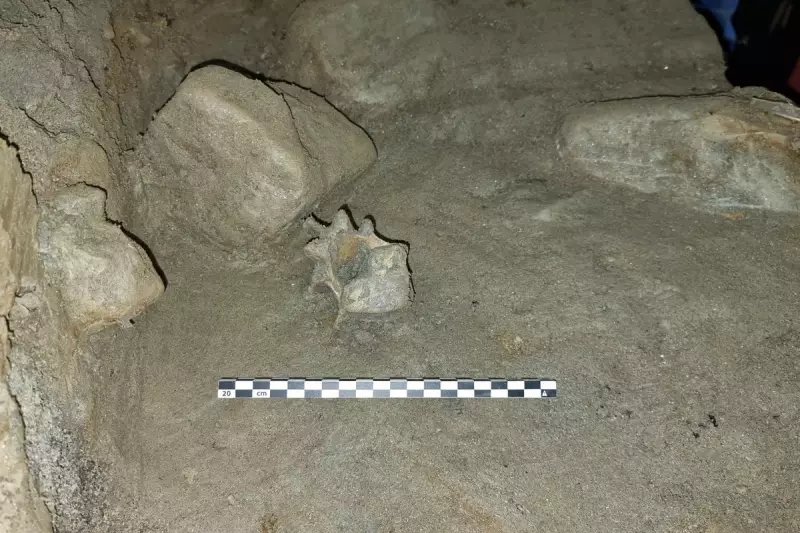
Archaeologists in Norway have made a remarkable discovery that offers a fascinating glimpse into how early humans survived in the harsh Arctic environment. A series of ancient hunting traps, believed to be over 1,000 years old, have been uncovered in the mountains of southern Norway.
A Window into Arctic Survival
The traps, consisting of carefully arranged stones forming funnel-shaped structures, were used to herd and trap reindeer—a vital resource for Arctic communities. This ingenious system allowed hunters to efficiently capture large numbers of animals during seasonal migrations.
How the Traps Worked
- The stone formations created narrow pathways leading to cliffs or pits
- Hunters would drive reindeer into these funnel systems
- Animals would be trapped at the end of the structure for easy harvesting
Archaeologist Lars Holger Pilø, who led the research, stated: "These traps represent an incredibly sophisticated understanding of animal behavior and landscape use. The hunters knew exactly where and when the reindeer would migrate."
Preserved by Ice
The traps were exceptionally well-preserved thanks to Norway's cold climate. Many were found at high altitudes where they had been protected by snow and ice for centuries, only becoming visible due to modern climate changes.
Significance of the Discovery
This find provides crucial insights into:
- How ancient Arctic peoples adapted to extreme environments
- The development of large-scale hunting techniques
- The importance of reindeer in prehistoric Scandinavian cultures
The research team plans to continue studying the site to uncover more details about these ancient hunting practices and the people who developed them.





